Erin Ivory: changing animal welfare attitudes in Vietnam
20 May 2014
Animals Asia recently partnered with Erin Ivory, an independent Animal Welfare Management Advisor, and Change for Animals Foundation to launch a project in Vietnam to help boost animal welfare in the country’s captive animal facilities. Erin is heading up the project and hopes that her team’s work over the next few months will change people’s attitudes toward animals in captivity – not just in Vietnam, but throughout Asia.
What are the goals of the project?
The goals of the project are to work with Hanoi Zoo and the Hanoi Wildlife Rescue Centre (HWRC) on improving the living conditions and welfare of the animals there.
We can do that through a couple of different methods. Working with the staff on creating enrichment protocols to stimulate the animals in their enclosure. Working on diets to make sure the animals are receiving the type of nutrition that they should be. We’re also working on enclosure redesign and on some positive behaviour management so that we can get the animals used to husbandry and medical procedures.
Hopefully our work will give the staff a better understanding of the concept of animal welfare and show how to structure their day to be more enriching for the animals.
Hanoi Zoo is extremely important because that is where the people of Vietnam go to see animals. So if we can get them focussing more on education and presenting the animals in a different way we can start to change people’s mind-set. That’s what we are working towards – it’s a bigger picture than one facility. It’s changing people’s perception of animal welfare and making it a priority in captive animal care in Asia.
What difficulties are involved?
It should be simple but it requires funding. Facilities are government run so they don’t have it in their budget to provide welfare. Animal welfare is a very new concept in Vietnam. A lot of people think as long as the animal is alive and fed then that’s all that matters, that’s all they need. The concept of looking at the animals, providing more enrichment, mentally stimulating the animals and getting them more active and physically moving is something we’re very cognisant of in the west but is still very new and different here.
Is the situation the same in both facilities?
They are very different. Hanoi Zoo has fairly large enclosures that simply need internal redesign to be more enriching, and that is a monetary problem. If we could get the money we could absolutely get it fixed right now. At Hanoi Zoo some of the staff are very passionate, care about the animals and want to provide better care and welfare. We are working on ways to engage those that are at the zoo simply because it is a job.
The zoos all report to the government, which means that major changes take time, at least longer than three months! They have to get approval and explaining the importance of animal welfare to those who make the decisions can be extremely challenging.
At HWRC there are so many issues. They get animals from all these different situations - for example, rescued from wildlife smugglers or confiscated from illegal ownership - and don’t have enough cage space so you have animals stuffed in every corner, nook and cranny. Working on animal welfare in these conditions is very difficult.
So is working on animal welfare in a developing country like Vietnam completely different to working in developed countries?
There are programmes in the US, England, Germany, New Zealand – all these different places that need to work to improve. Improvement isn’t just in developing countries. We all still need to strive to make sure that we are learning more and providing better environments for these animals that we are using for educational purposes.
The zoos in the western world were right where we are here in Vietnam not very long ago. That’s what we need to remember. As much as we hate it when we come here and see what we’re seeing, there are a lot of places in the western world that are very similar and have had the same struggles to move forward. That’s the wonderful benefit of travelling. You realise that everywhere you go, the problems are always the same – human nature is human nature no matter what country you’re in.
One month into a three-month project, how much has been achieved so far?
A lot of the time up to this point has been gathering information and getting a solid understanding of each organisations’ challenges, strengths and where we can move forward. It’s about tailoring our programme to suit their facility, not tailoring their facility to fit our programme.
It takes time to draw up spreadsheets and documents to show exactly what we’re going to do, assess how much it’s going to cost and get permission to move forward. So far we have gained permission to redesign and rebuild the clouded leopard enclosure at Hanoi Zoo, but we’d like to do so much more.
It’s a little bit of working round the edges right now but once the edges are sorted, the last month and a half is going to be an insane push to the finish line.
To donate to Animals Asia’s captive animal welfare fund follow this link. Any excess funds will be spent on Animals Asia’s ongoing animals welfare projects.
BACK

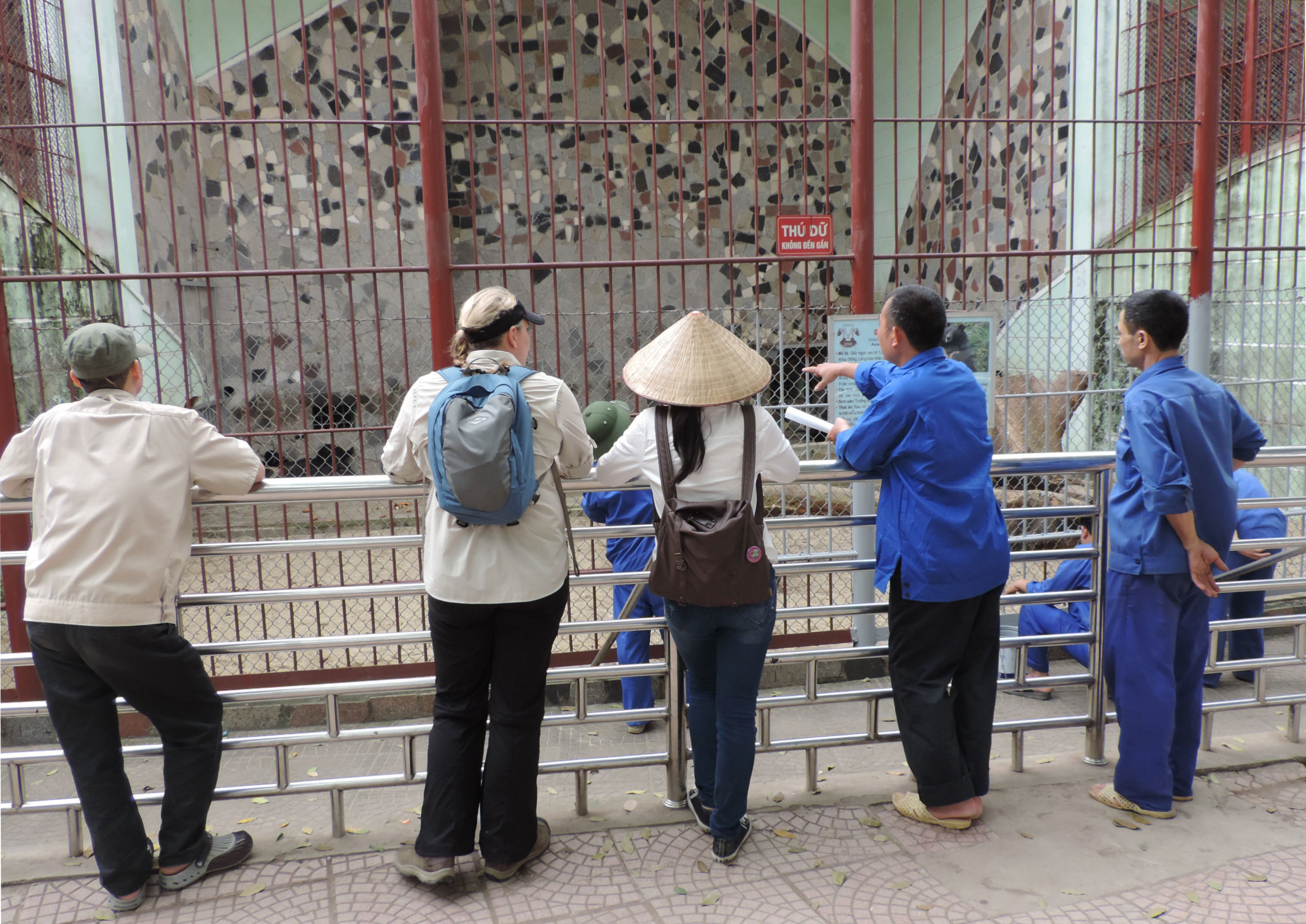
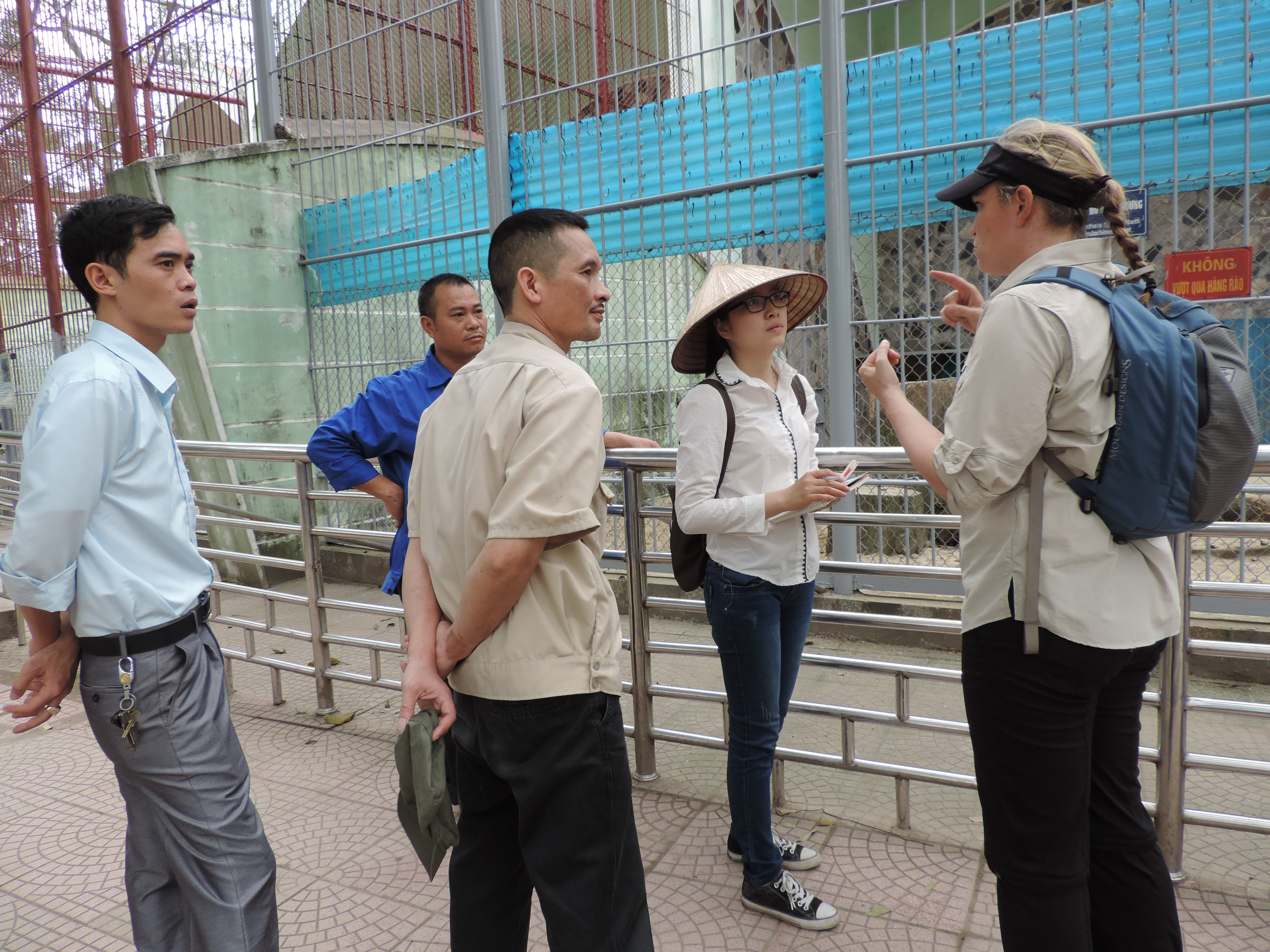
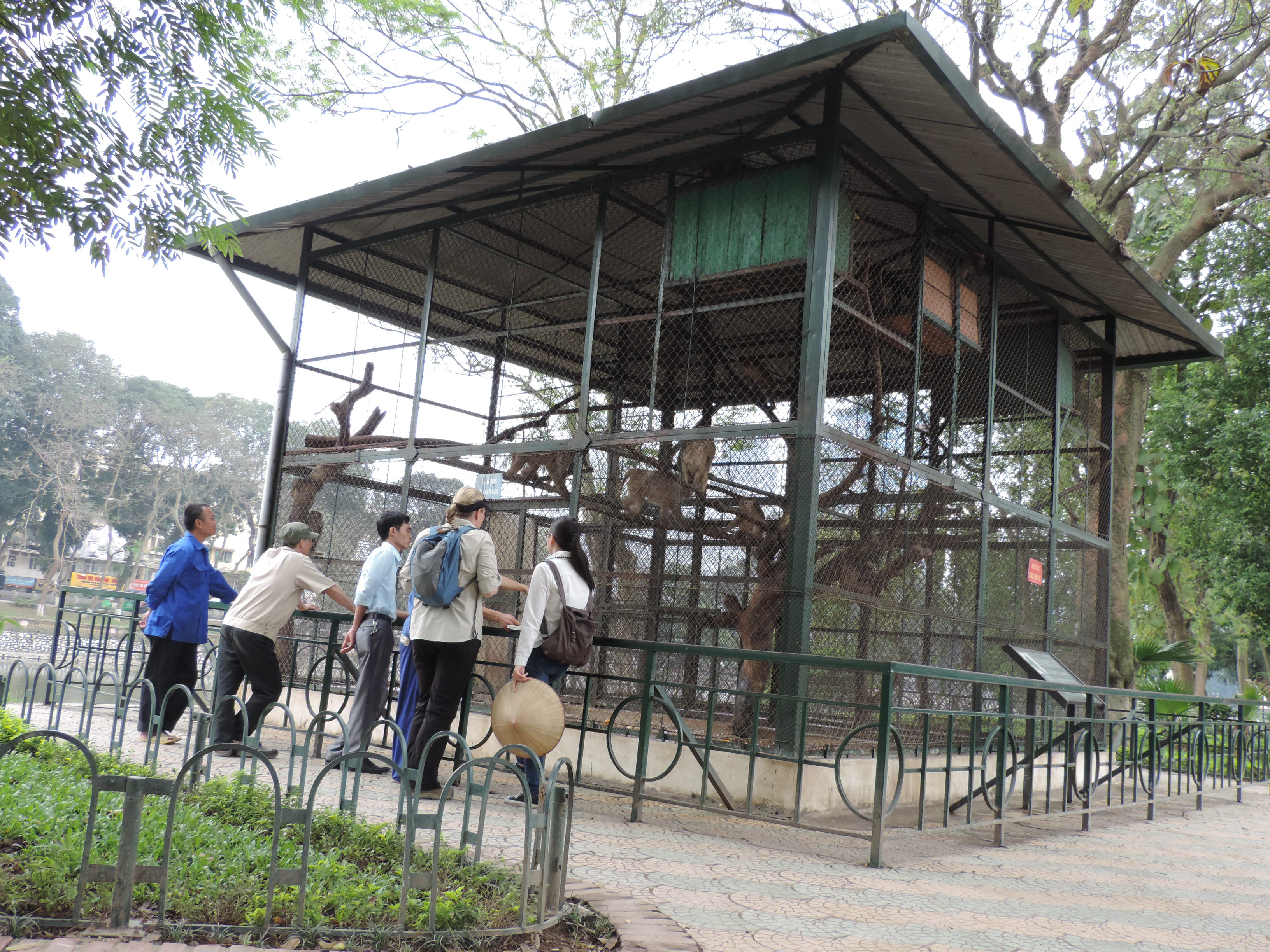




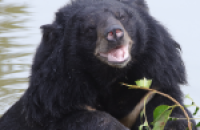 Healing the hidden wounds
Healing the hidden wounds
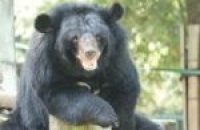 Early summer awakening at the China Bear Rescue Centre
Early summer awakening at the China Bear Rescue Centre
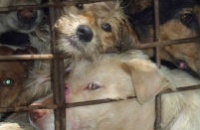 5 reasons the dog meat trade must end
5 reasons the dog meat trade must end